Contents

On-demand webinar
How Good is My Shield? An Introduction to Transfer Impedance and Shielding Effectiveness
by Karen Burnham
At PCB West 2022, we had a chance to converse with Hemant Shah, the chairman of the IPC-2581 consortium, about the benefits of IPC-2581 revision C to designers and manufacturers. Watch the video to find out more.
Can you discuss IPC-2581’s bidirectional DFX intelligence new feature?
Hemant Shah: IPC-2581 revision C, which came out in 2020, has a new capability that is very unique and powerful. It allows you to do a DFM exchange (DFX) with your CM. When you hand off your design to your manufacturer, typically they will come back with some technical queries, exceptions, or errors. They share those DFM errors back to you in either a spreadsheet, email, PowerPoint, or a combination of these.
With 2581, the manufacturer can produce a DFM exchange module that can go into the design. You can load that query into the ECAD tool. Now, all the questions are in the context of your design. You can cross-verify the query/DFM error with respect to your design at the same time (in a single file). You can also respond to the queries through IPC-2581 using the ECAD tool. After all the modifications, you can send the data back in the same format.
This iteration can happen multiple times. What’s important is that all data of these multiple communications are stored in one file. You can look at what went on after your board fabrication is done. It is an archive that can be data mined over a period of time to see if you are repeating the same errors and save time by avoiding them. Your CM can also do the same data mining.
What else is new with IPC 2581 revision C?
Hemant Shah: Revision C was a big overhaul of the standard. One of the major things we have revised is the rigid-flex support. Rev B supported rigid-flex, but revision C makes it more robust and complete. Similarly, we have added more component support, so you can represent screen-down components, embedded components, wire bond components, and so on. For impedance specification, you don’t need a table at all. You have the complete flexibility and diversity to represent the impedance in your design. Therefore, exporting the unified IPC-2581 file using EDA tools can take care of all your design and build intent.
Additionally, we’ve got content related to point support (test points), side plating, and net shorting. If you have an RF circuit or a circuit that has an intentional short between two signals, it can now be specified through 2581. Eliminating the need for yet another file that you had to hand off to the manufacturer mentioning two intentionally shorted nets. So, there are a lot of new things in IPC-2581 revision C.
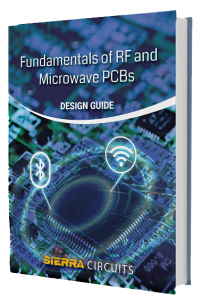
RF & Microwave Design Guide
8 Chapters - 44 Pages - 60 Minute ReadWhat's Inside:
- Basics of RF and microwave board design
- Choosing RF materials
- Trace, grounding, via, and stack-up design
- Component selection and placement
- Testing and isolation requirements to avoid interference
Download Now
- Bidirectional DFX is electronic rather than paper-based or electronic paper-based.
- You eliminate additional instructions required for net shorts, edge/slide plating, and embedded components. Now, you can just add it to your design and then transfer that data to your manufacturer. So that’s the benefit of that.
How does IPC-2581 revision C benefit the manufacturer?
Hemant Shah: Manufacturers right now have to deal with multiple design files. 2581 was complete, but there were certain things that were not included. With the new inclusions in revision C, the fabricators don’t have to go back to the customer, asking for additional data, or don’t have to manage multiple files. IPC-2581 benefits both designers and CM. Bidirectional DFX is another benefit. The manufacturers don’t have to produce some other form of communication that the user may not understand.
What role does IPC-2581 play in the PCB fabrication and assembly smart factory strategy?
Hemant Shah: IPC-2581 has also been linked to IPC CFX (connected factory exchange). This enables an efficient way to pass the design data to the manufacturers that can be used in Industry 4.0 (the latest version of IPC CFX).
2581 is also included in the IPC digital standard 2551. This is important for manufacturers because it models the factory floor. It can simulate how the PCB will be manufactured on a particular line or multiple lines using the design data. Manufacturers can choose a particular line that will be more optimum to produce a specific layout. Alternatively, they can send feedback on efficiency to the designers. For instance, a slight change like moving a component further away from the edge of the board may optimize a particular line and get your product out faster.

Design for Manufacturing Handbook
10 Chapters - 40 Pages - 45 Minute ReadWhat's Inside:
- Annular rings: avoid drill breakouts
- Vias: optimize your design
- Trace width and space: follow the best practices
- Solder mask and silkscreen: get the must-knows
Download Now
Hemant Shah specializes in developing and marketing innovative software solutions for electronic system designers. He has 20+ years of experience in the industry managing off-shore development groups in India and Israel.
Need assistance with IPC-2581? Post your queries on our PCB forum, SierraConnect. Our design experts will resolve them.




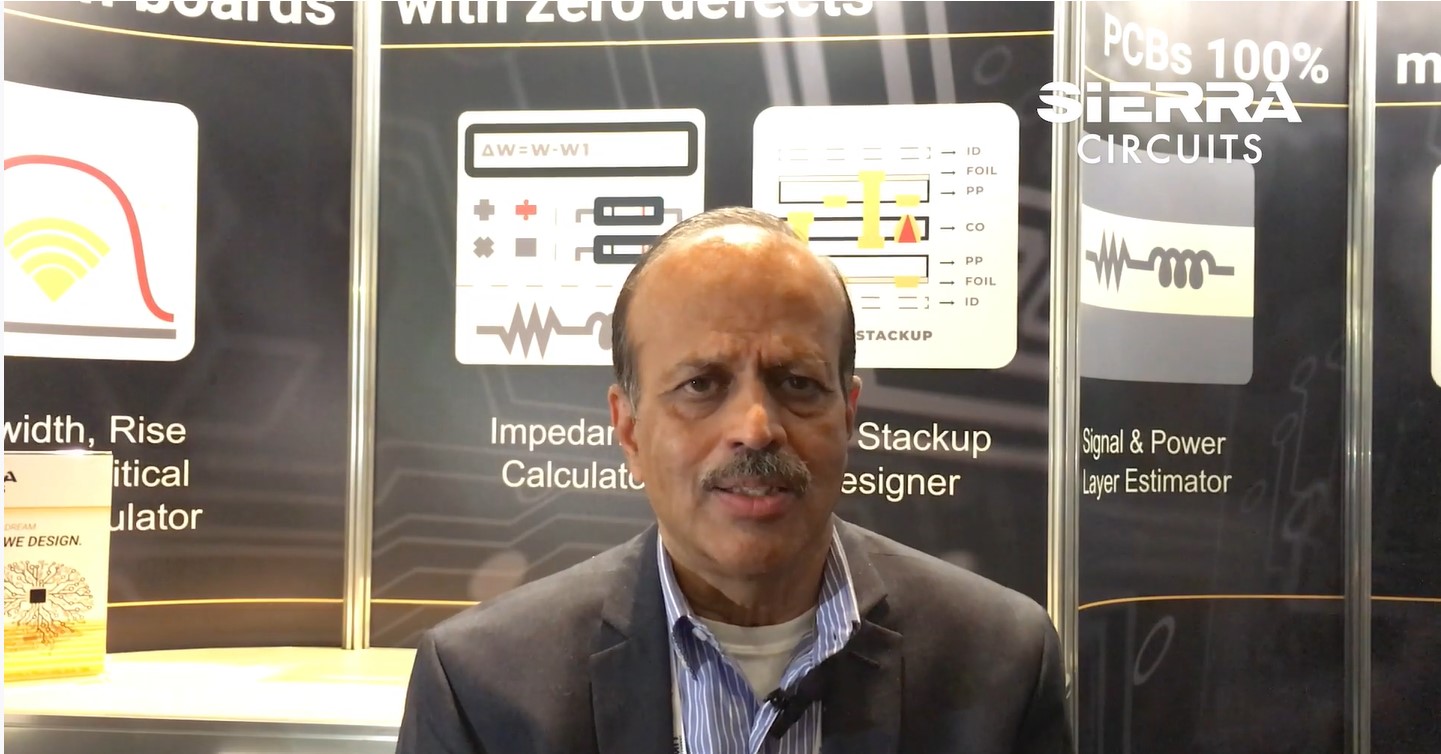



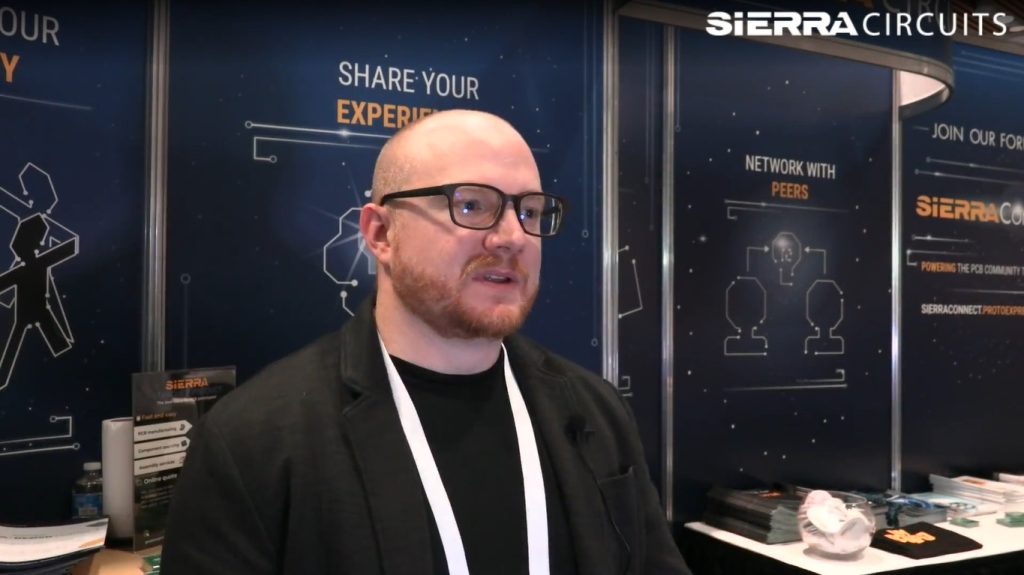

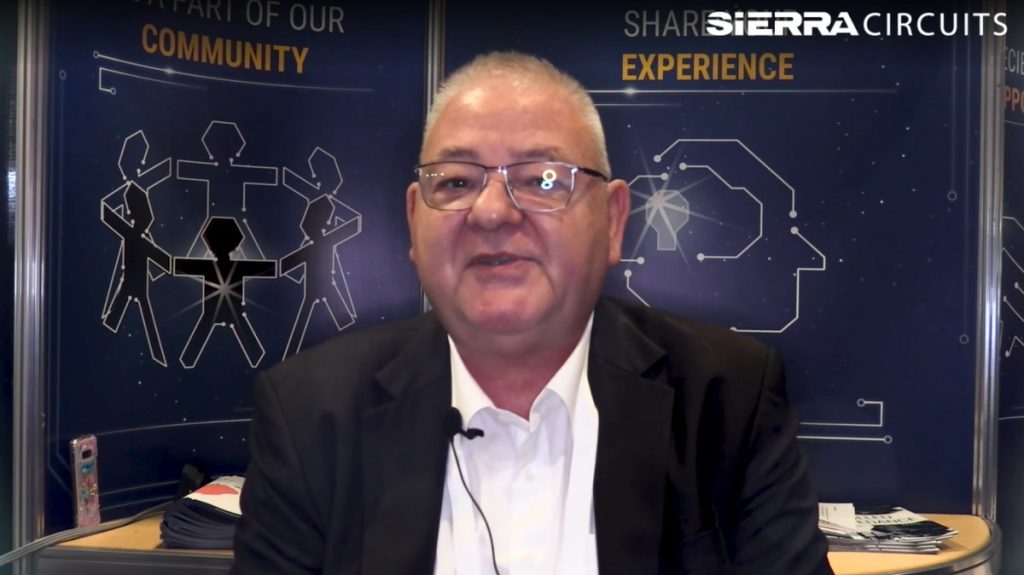

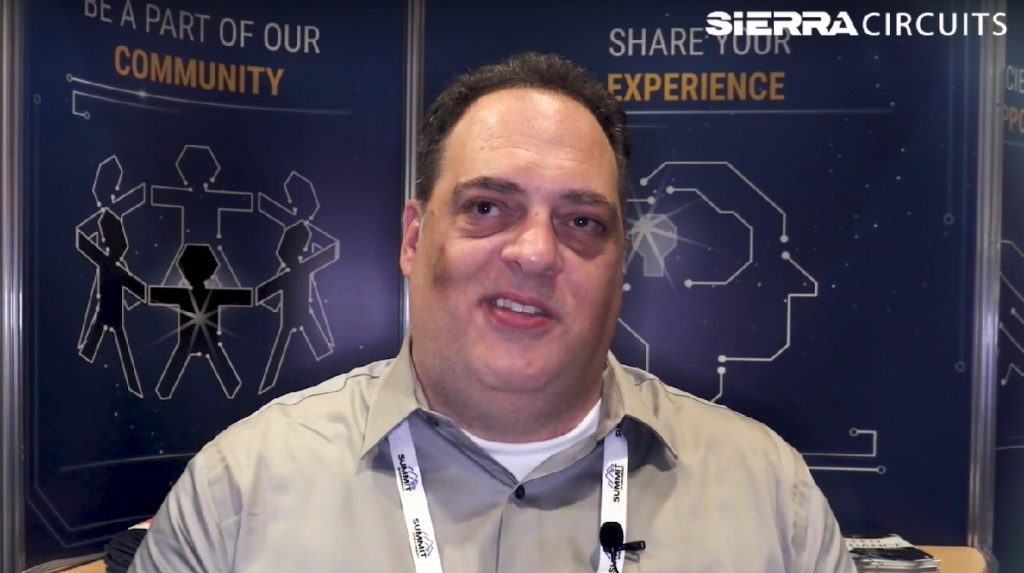
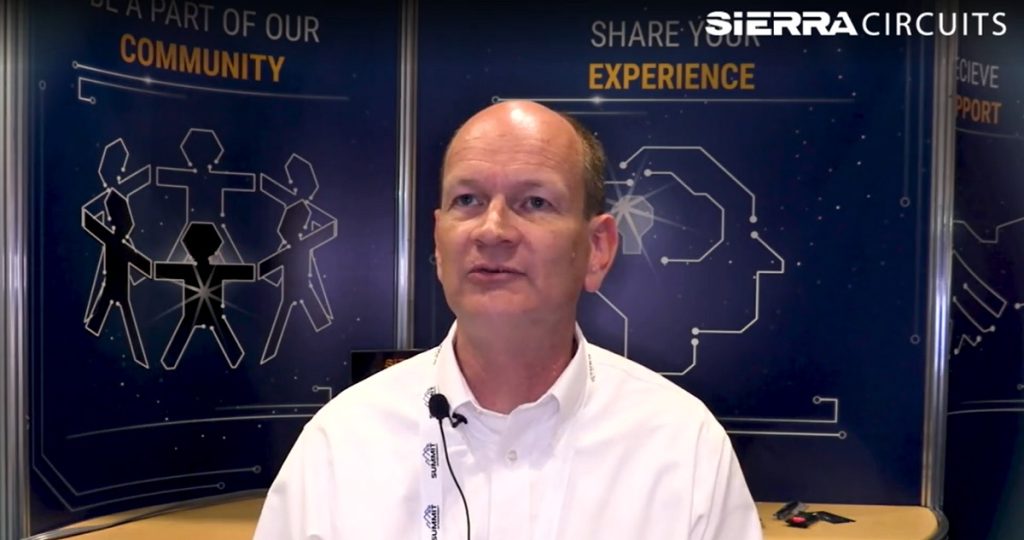




Start the discussion at sierraconnect.protoexpress.com